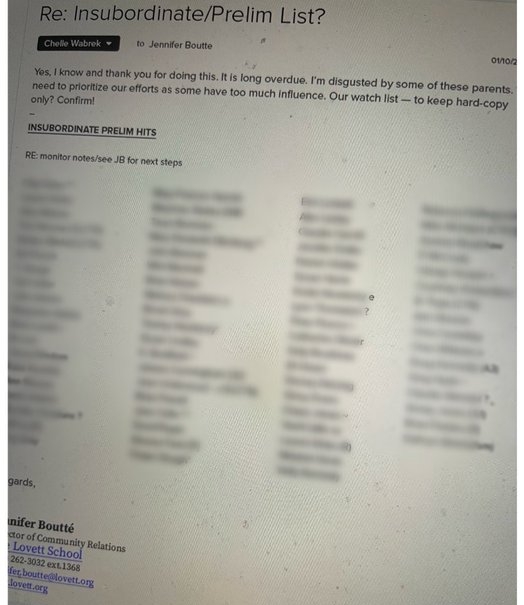First image from Webb released

It ain’t pretty, nor is it in optical wavelengths, but the first alignment image from the James Webb Space Telescope has been released by NASA.
That image, reduced slightly to post here, is to the right. It shows 18 different near-infrared images of the same star, each image taken by a different segment of Webb’s primary mirror. At the moment the mirrors are not perfectly aligned, so that each segment’s star image shows up at a slightly different place. The goal now will be to adjust those mirror segments so that future images will show only one star, all focused to the same spot.
This alignment process is expected to take about a month.
The image is significant however because it shows that each segment is producing a relatively sharp image, even though the telescope has not yet cooled to its operating temperature. It thus appears that, unlike Hubble, Webb’s mirror segments were ground correctly, and it will be able to take sharp images right off the bat.

It ain’t pretty, nor is it in optical wavelengths, but the first alignment image from the James Webb Space Telescope has been released by NASA.
That image, reduced slightly to post here, is to the right. It shows 18 different near-infrared images of the same star, each image taken by a different segment of Webb’s primary mirror. At the moment the mirrors are not perfectly aligned, so that each segment’s star image shows up at a slightly different place. The goal now will be to adjust those mirror segments so that future images will show only one star, all focused to the same spot.
This alignment process is expected to take about a month.
The image is significant however because it shows that each segment is producing a relatively sharp image, even though the telescope has not yet cooled to its operating temperature. It thus appears that, unlike Hubble, Webb’s mirror segments were ground correctly, and it will be able to take sharp images right off the bat.













